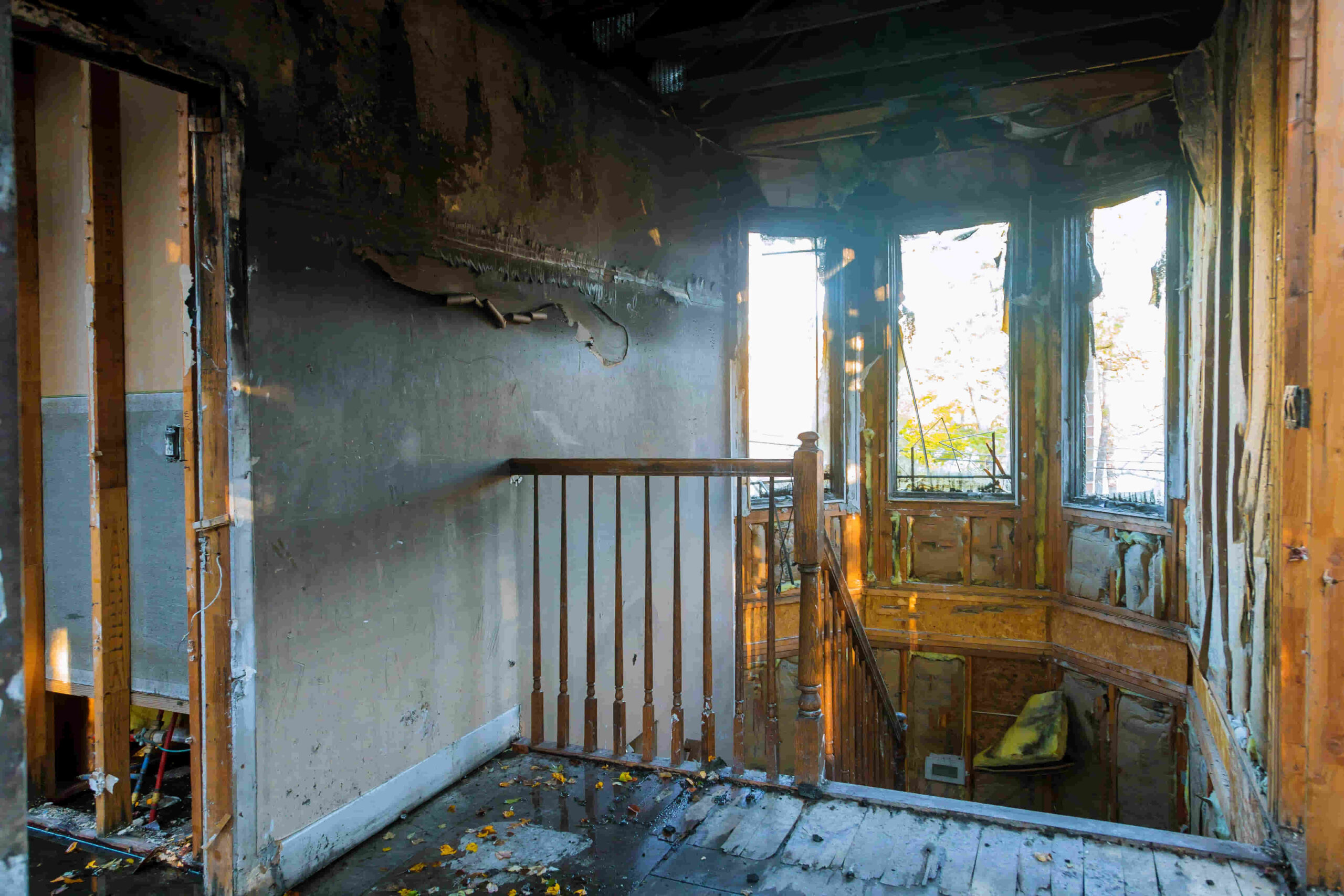Experiencing a house fire is overwhelming—and once the flames are out, the real work begins. One of the first questions homeowners ask is, “How long will it take to restore my home?” While it’s natural to want a quick return to normal life, fire restoration is a complex process that depends on several key factors.
At Arctic Restoration and Cleaning, we understand how important it is to have a clear understanding of the timeline. This blog outlines the typical duration of fire restoration and the variables that influence how long the process takes.
Understanding the Basics of Fire Restoration
Fire restoration isn’t just about repairing visible damage. It also involves:
-Removing smoke and soot
-Treating odors
-Replacing structural components
-Cleaning water damage from fire suppression efforts
-Ensuring the home is safe and livable again
Because every fire is different, the restoration timeline can range anywhere from a few days to several months.
Typical Timeline for Fire Restoration
Here’s a general breakdown of how long fire restoration can take:
Minor Fire Damage: 1–2 weeks
Light smoke damage, limited structural impact, and small affected areas.
Moderate Fire Damage: 2–4 weeks
Includes partial room burns, smoke throughout multiple rooms, and minor water damage.
Severe Fire Damage: 1–3 months or more
Major structural repairs, extensive smoke and soot cleanup, and possible mold remediation.
These timelines are estimates. Let’s dive into what can make the process faster—or slower.
Key Factors That Affect Fire Restoration Timelines
1. Extent of the Damage
The more widespread the fire, the longer the restoration will take. Damage to structural supports, electrical systems, or HVAC systems often requires permits and inspections that can extend the timeline.
2. Type of Materials Burned
Fires that involve plastics, chemicals, or synthetic materials create more toxic residues. Cleaning this type of smoke damage is more intensive and time-consuming than fires fueled by wood or paper.
3. Water Damage from Firefighting Efforts
When firefighters extinguish flames, they often leave behind significant water damage. Drying out soaked materials and preventing mold growth can add days or even weeks to the project.
At Arctic Restoration and Cleaning, we use industrial-grade dehumidifiers and moisture sensors to speed up the drying process without cutting corners.
4. Soot and Smoke Odor Removal
Even small fires can leave behind pervasive smoke smells. Complete deodorization often requires treating walls, ceilings, insulation, and HVAC systems. Time spent here is crucial to ensure long-term comfort and air quality.
5. Access to the Property and Utilities
Restoration cannot begin until the site is deemed safe and power is restored. If inspections or clearances are delayed, so is the project.
6. Insurance Coordination
Working with insurance adjusters and finalizing claim approvals can sometimes take longer than expected. A responsive restoration team—like Arctic Restoration—can speed things up by handling documentation and directly communicating with insurance providers.
7. Custom Repairs and Material Availability
If your home needs custom cabinetry, specialty flooring, or other hard-to-source materials, wait times can extend the restoration timeline. Similarly, local supply chain issues can slow things down.
Speeding Up the Process: What You Can Do
While some delays are out of your hands, there are ways to keep the project moving:
Choose a responsive restoration company.
Arctic Restoration and Cleaning offers 24/7 emergency response and helps you navigate the entire process from cleanup to rebuild.
Stay in touch with your insurance provider.
Respond quickly to requests for information to avoid paperwork delays.
Make decisions early.
Pick out replacement materials and finishes as soon as possible to prevent hold-ups later.
Final Thoughts
Every fire damage situation is unique, and so is its restoration timeline. While you may be eager to return to your home, patience and planning are essential to ensure the job is done right.

